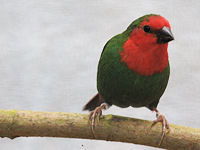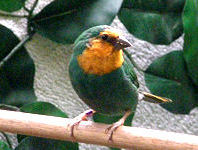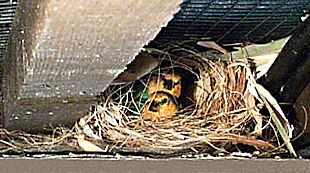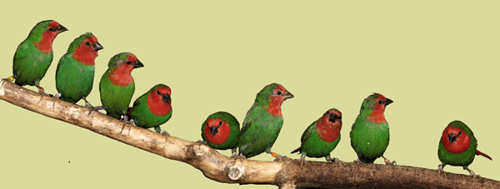External links
Interested in Blue-Capped Waxbills? Photos of chick development plus recipe for Paul de Nil's rearing food
www.blue-capped-waxbill.com/Interested in Lavender Waxbills? Housing, feeding and breeding but particularly determining gender from calls - includes recordings
www.lavender-waxbill.com/Are you a member of The Waxbill Finch Society? An excellent Society for advice, booklets and videos
www.waxbillfinchsociety.org.uk/Live in the UK? Interested in helping wildlife? This site deals with creating a wildlife-friendly garden
www.welcomewildlife.co.ukBirds and snorkelling photography? Both are great fun. Holiday places, info. on cameras and snorkelling
www.snorkellingphotography.com









